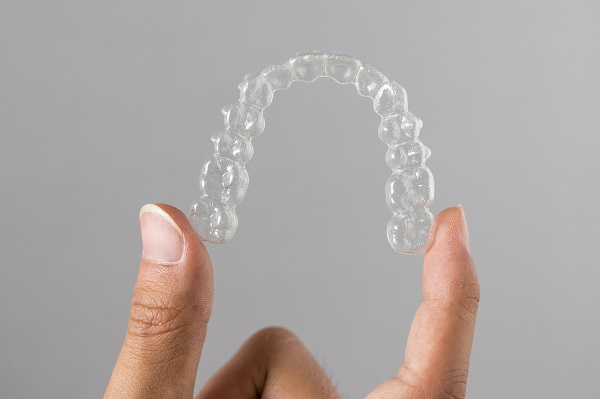5 Important Facts About Dental Crowns

Perhaps you have heard about dental crowns from your dentist, and you have considered the idea of getting one. Yet, you want to know more about the restorative process. So, before you go through the process of receiving this new restoration, learn five important facts about crowns.
Five things to know about dental crowns
Dental crowns have been around for a long time and are used for both cosmetic purposes and functionality. The crowns will cover the entire exposed part of one or more teeth or attach to a dental implant or bridgework. These give the appearance of a natural-looking tooth while allowing a patient to chew and bite as though all their teeth were still natural.
Protection and support for failing teeth
If someone presents with a case of failing teeth above the gumline, dental crowns can work as a protective option. These can be crafted from porcelain or a porcelain-fused-to-metal alloy. No matter which material is chosen, the new restoration will be shaped like a tooth. The dentist will use this to preserve a damaged, abscessed or heavily decayed tooth.
It takes a few visits to place them
First, a dentist will begin examining the tooth, using digital X-rays to make sure a crown is a viable option for the patient. Then, the dentist will numb the patient’s mouth in the specified area. The next step is to remove any decay, old fillings or cracked portions of the tooth that are visible over the gumline. The tooth will then be shaped and an impression will be created. These impressions will be sent to a lab, where the custom-crafted crown is designed. During the final visit, the dentist will remove any temporary crown before bonding the new restoration in place.
The restorations can last years
If properly cared for, a crown can last between 10 and 15 years. It is important to retain good oral hygiene habits to improve the longevity of the restoration. Patients should brush and floss twice daily and avoid certain habits, such as chewing ice cubes or biting open bottles. This can help preserve the normal shape of the crown and lower the changes of chips and fractures.
What about missing teeth?
If a patient has several missing teeth, the dentist may place bridgework over the span of the gap in teeth. This bridgework could have artificial teeth attached to adjacent natural teeth using crowns. These new restorations can also top any dental implants a patient has received. The dentist inserts implants into the jaw and waits for them to bond with the jawbone to create a stable base for the artificial teeth.
Used for cosmetic dentistry
Cosmetic dentistry is also an option for using a crown — especially to reshape a tooth if it is worn down or chipped. The new restoration can mask any stains as well, which can improve a person’s smile.
Consider a dental crown
If you have any oral concerns that require a dental crown, talk to your dentist about this possible restorative process. Your smile can look natural once more. Missing or damaged teeth no longer have to be a problem.
Request an appointment here: https://jorgealvarezdds.com or call Jorge L Alvarez DDS at (520) 722-1655 for an appointment in our Tucson office.
Check out what others are saying about our services on Yelp: Read our Yelp reviews.
Recent Posts
Considering invisible braces? Clear aligners provide a subtler way to straighten teeth without compromising the appearance of one's smile. Metal brackets were once the standard when it came to dealing with misaligned teeth, but an increasing number of people are saying "No" to having a mouth full of metal brackets and wires while straightening their…
Patients today have a variety of teeth straightening options to choose from. Adults can benefit from a range of treatments that can fit their lifestyle. It is never too late to achieve the smile you want with discreet adult teeth straightening options. Read on to learn more about the various options.There are different types of…
Cosmetic dentistry offers a way for patients with a gummy smile to achieve a more attractive smile that they can be proud of. One of the most frequently recommended treatment options for a gummy smile is crown lengthening. Understanding the benefits of treatment and who is an ideal candidate can help you decide if it…
If you have partial dentures, you still have natural teeth on your jaw that require care. Proper oral hygiene is not just for your natural teeth, but also for the partials, since proper care can keep them clean, stain-free, looking good and lasting longer. A properly maintained partial will function adequately, which means eating your…


